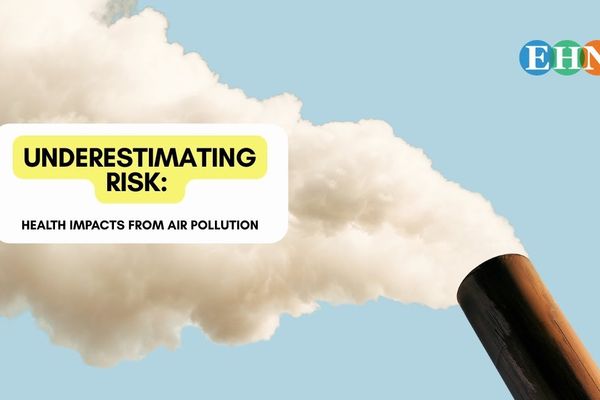
Georgia’s chemical fire exposes the risks of disasters colliding in a warming world
A massive fire at a Georgia chemical plant forced thousands to evacuate and raised serious questions about America’s readiness for overlapping natural and chemical disasters as climate change intensifies.
Hana Kiros reports for The Atlantic.
In short:
- The BioLab chemical fire in Conyers, Georgia, led to mass evacuations and weeks of school closures due to the lingering effects of chlorine gas exposure.
- The incident highlights how climate-driven extreme weather can trigger chemical disasters, especially in vulnerable areas like the Gulf Coast, which hosts a concentration of chemical plants.
- Federal standards offer limited protection for communities near reactive chemical sites, leaving many at risk when natural and industrial crises collide.
Key quote:
"Many communities are worryingly unprepared, even in areas that are clearly at high risk of a natural disaster triggering a chemical one."
— Mike Mastrangelo, health-care emergency planner, Galveston, Texas
Why this matters:
Reactive chemical sites are only as secure as the weather permits, and we’re already seeing how climate extremes push them beyond their breaking point. For places like the Gulf Coast, which has become a hotbed of chemical plants, the threat is even more acute. Read more: Tracking petrochemical accidents across the US.














